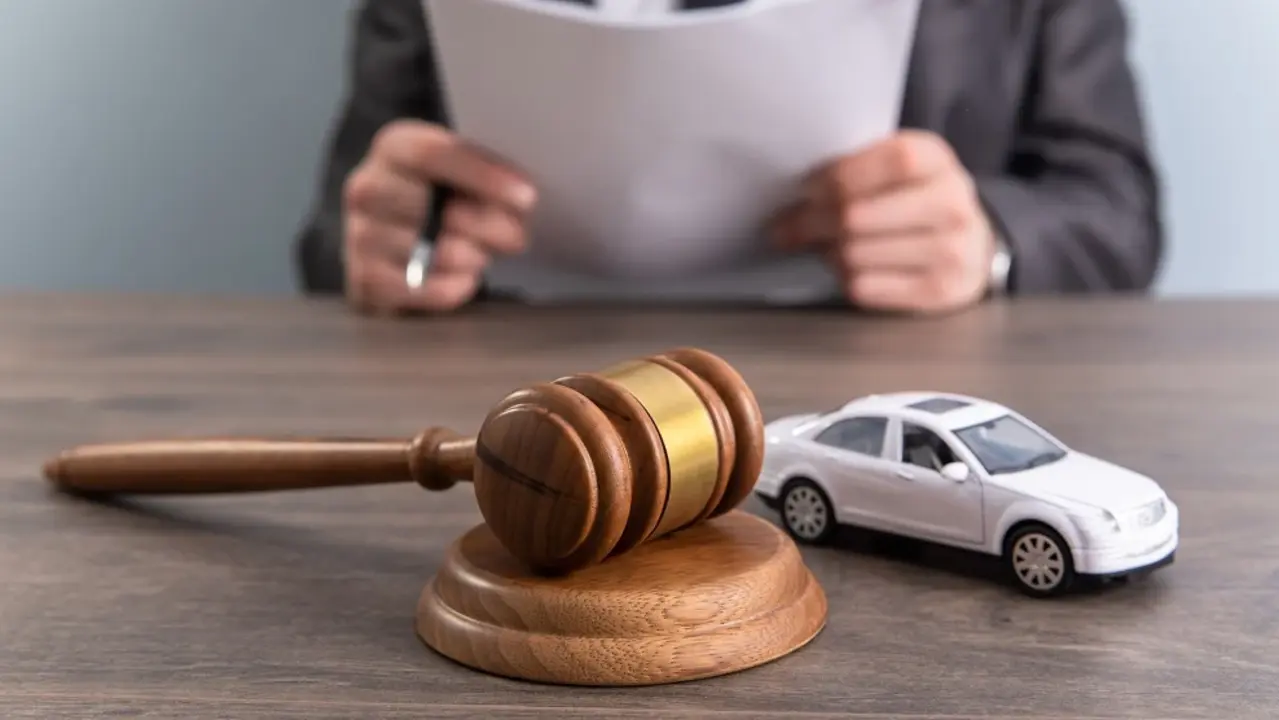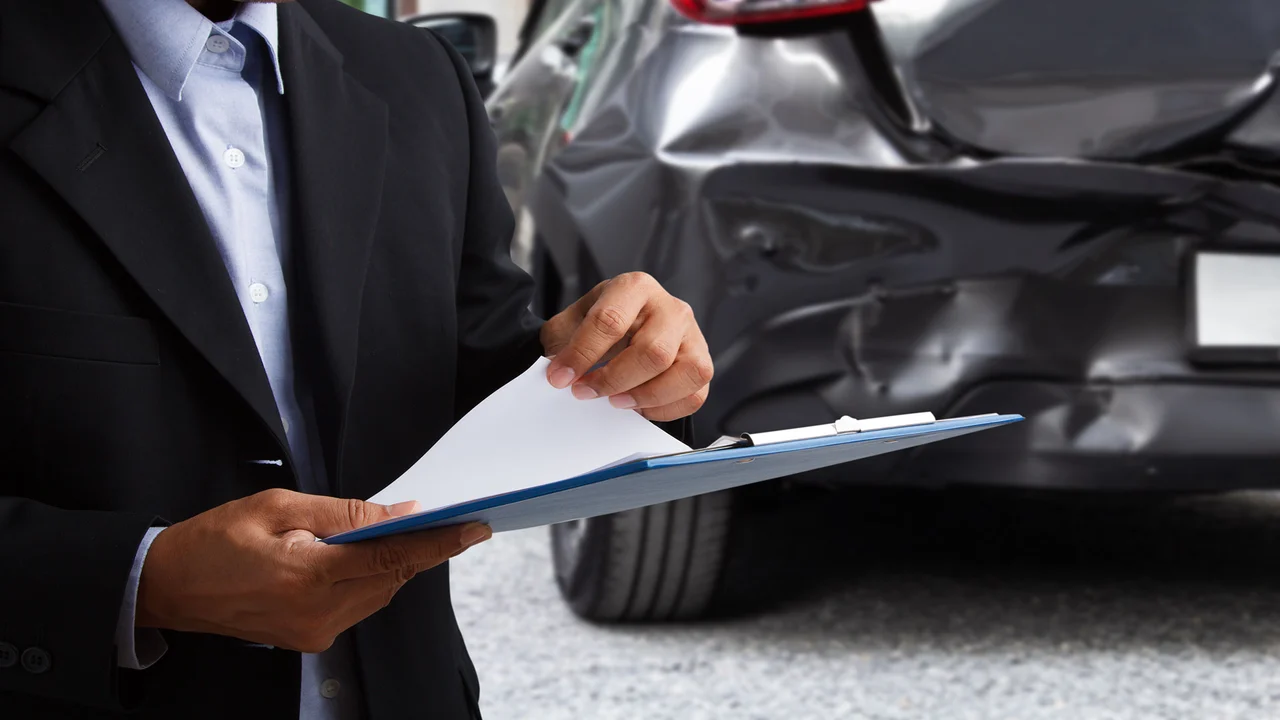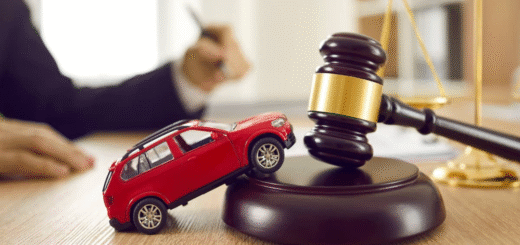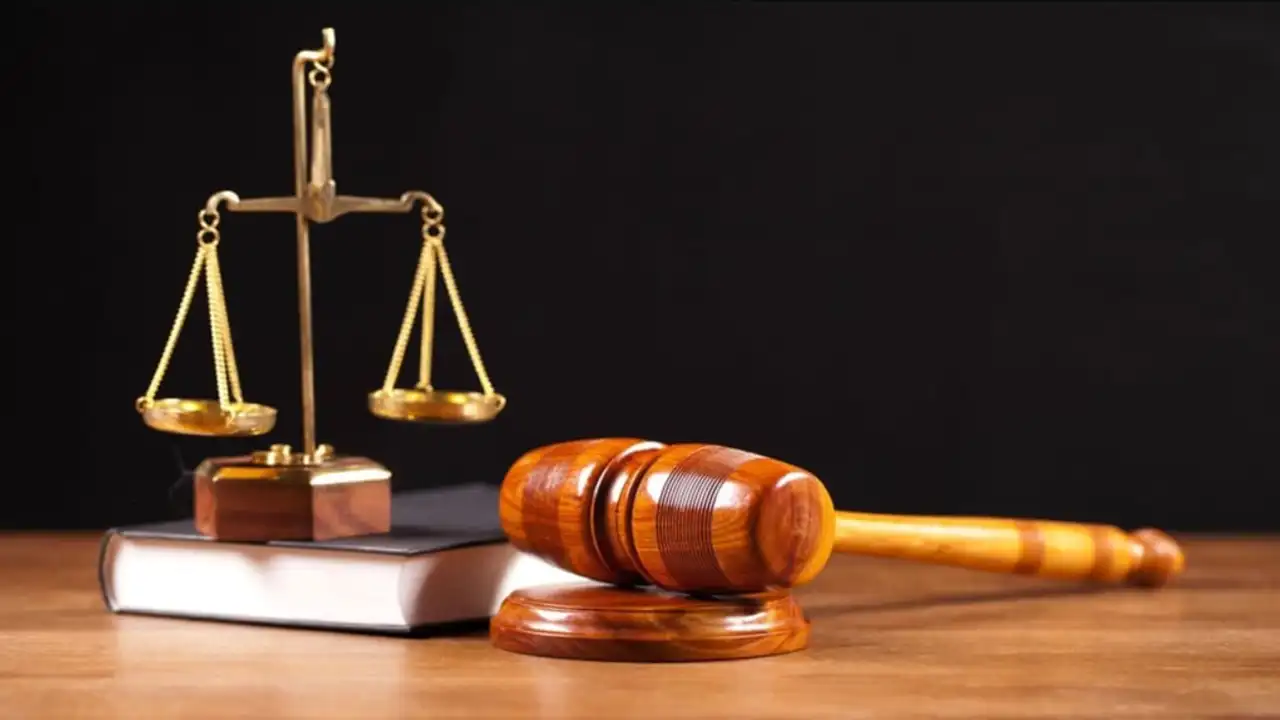How Long Does a Car Accident Lawsuit Take? Timeline Explained

If you’ve been in a car accident and are thinking about filing a lawsuit, one of the first questions on your mind is probably: “How long is this going to take?”
It’s a fair question—especially if you’re dealing with medical bills, lost wages, or the stress of recovery. The truth is, no two car accident cases follow the exact same timeline. Some may settle in a few months, while others can stretch out over a year or more.
In this article, we’ll break down the typical timeline of a car accident lawsuit so you know what to expect and when.
✅ Phase 1: Immediately After the Accident (0–2 Weeks)
Right after the accident, the focus is on health and documentation. This early stage might seem like it has nothing to do with a lawsuit, but it lays the groundwork for everything that follows.
What you should do:
-
Seek medical attention—even if you feel okay.
-
Report the accident to the police and your insurance company.
-
Document everything: photos, injuries, car damage, witness information.
-
Consider consulting a personal injury attorney (many offer free consultations).
Tip: Don’t delay medical treatment. Waiting too long can hurt both your health and your case.
✅ Phase 2: Hiring a Lawyer and Case Evaluation (1–4 Weeks)
If you hire a lawyer, they’ll begin by gathering all the important information:
-
Accident reports
-
Medical records
-
Witness statements
-
Insurance policies
-
Any photos or videos you took
At this stage, your attorney will evaluate whether your case is strong and worth pursuing. They’ll also help you understand what kind of compensation you might be entitled to.
✅ Phase 3: Medical Treatment and Maximum Medical Improvement (1–12 Months)
One of the biggest variables in a car accident lawsuit timeline is how long it takes for you to heal. Your attorney will often wait to file a demand until you reach what’s called Maximum Medical Improvement (MMI)—which means your condition has stabilized and future treatment needs can be reasonably predicted.
Why wait?
Because it’s risky to settle a claim before knowing the full extent of your injuries, future medical care, or how your life will be impacted long-term. If you settle too soon, you can’t go back and ask for more money.
✅ Phase 4: Demand Letter and Settlement Negotiations (3–6 Months After Recovery)
Once you’ve reached MMI, your attorney will draft a demand letter to the at-fault driver’s insurance company. This letter outlines:
-
What happened in the accident
-
The injuries you sustained
-
Medical treatment received
-
Lost wages
-
Pain and suffering
-
A specific dollar amount being demanded for settlement
From here, the insurance company will respond—often with a counteroffer. Negotiations can go back and forth for several weeks or even months.
Best-case scenario:
The insurance company agrees to a fair settlement, and the case ends here.
If not:
You move into the next phase—filing a lawsuit.
✅ Phase 5: Filing the Lawsuit (6–18 Months After the Accident)
If negotiations fail, your attorney will file a formal personal injury lawsuit in civil court. This doesn’t mean your case will definitely go to trial—but it applies more legal pressure on the other side to negotiate seriously.
Once the lawsuit is filed, the clock starts on a series of legal steps:
✅ Phase 6: Discovery Phase (3–6 Months or Longer)
Discovery is the process where both sides exchange evidence and ask each other formal questions (called interrogatories), request documents, and take sworn statements (depositions) from involved parties and witnesses.
This phase can take months, especially if:
-
There are disputes over liability
-
The case involves multiple parties
-
There’s a large volume of medical records or evidence
Fun fact: Most lawsuits settle during or shortly after discovery, once both sides see the strengths (or weaknesses) of the other’s case.
✅ Phase 7: Mediation or Settlement Conferences (1–3 Months After Discovery)
Before a trial, courts often require the parties to try resolving the case through mediation—a process where a neutral third party helps both sides reach an agreement.
If mediation works, great—you settle and the lawsuit ends.
If not, the case moves forward to trial.
✅ Phase 8: Trial (1–5 Days, but Scheduled Months in Advance)
If your case goes all the way to trial (which is rare—only about 5–10% of car accident cases do), you’ll present your case in front of a judge or jury. This may include testimony from:
-
You
-
Medical experts
-
Eyewitnesses
-
Accident reconstruction specialists
After hearing all the evidence, the jury (or judge, in a bench trial) will determine liability and the amount of compensation.
Important note: Trial dates are often delayed due to court scheduling backlogs, attorney conflicts, or procedural issues.
✅ Phase 9: Post-Trial Motions and Appeals (If Applicable)
Even after a trial verdict, there can be more delays. The losing party may file appeals or post-trial motions, which could extend the timeline by several months—or even years.
In some cases, the verdict amount may be reduced or renegotiated during appeals.
🕰️ So, How Long Does the Whole Process Take?
Here’s a general breakdown:
| Stage | Estimated Timeframe |
|---|---|
| Initial treatment & recovery | 1–12 months |
| Demand & negotiations | 2–6 months |
| Lawsuit filed to trial | 12–24 months (or more) |
| Appeals (if any) | Additional 6–12+ months |
Total average time:
From accident to resolution, 6 months to 2+ years, depending on complexity, injuries, and how cooperative the insurance company is.
🤔 Can You Speed Up the Process?
Some things are outside your control—like court schedules—but here’s how you can help avoid delays:
-
Get medical treatment ASAP and follow all advice
-
Respond promptly to your lawyer’s requests
-
Keep thorough records of your expenses, pain, and lost income
-
Avoid posting about your case on social media
Working with an experienced car accident attorney is also key—they know how to move your case forward while avoiding legal pitfalls.
🧠 Final Thoughts
It’s totally normal to want your case resolved quickly, especially when you’re hurting financially or emotionally after a crash. While some car accident cases settle in just a few months, others—especially serious or contested ones—can take a year or longer.
Understanding the process can help reduce frustration and give you peace of mind. The wait may be worth it if it means getting the full compensation you deserve.




